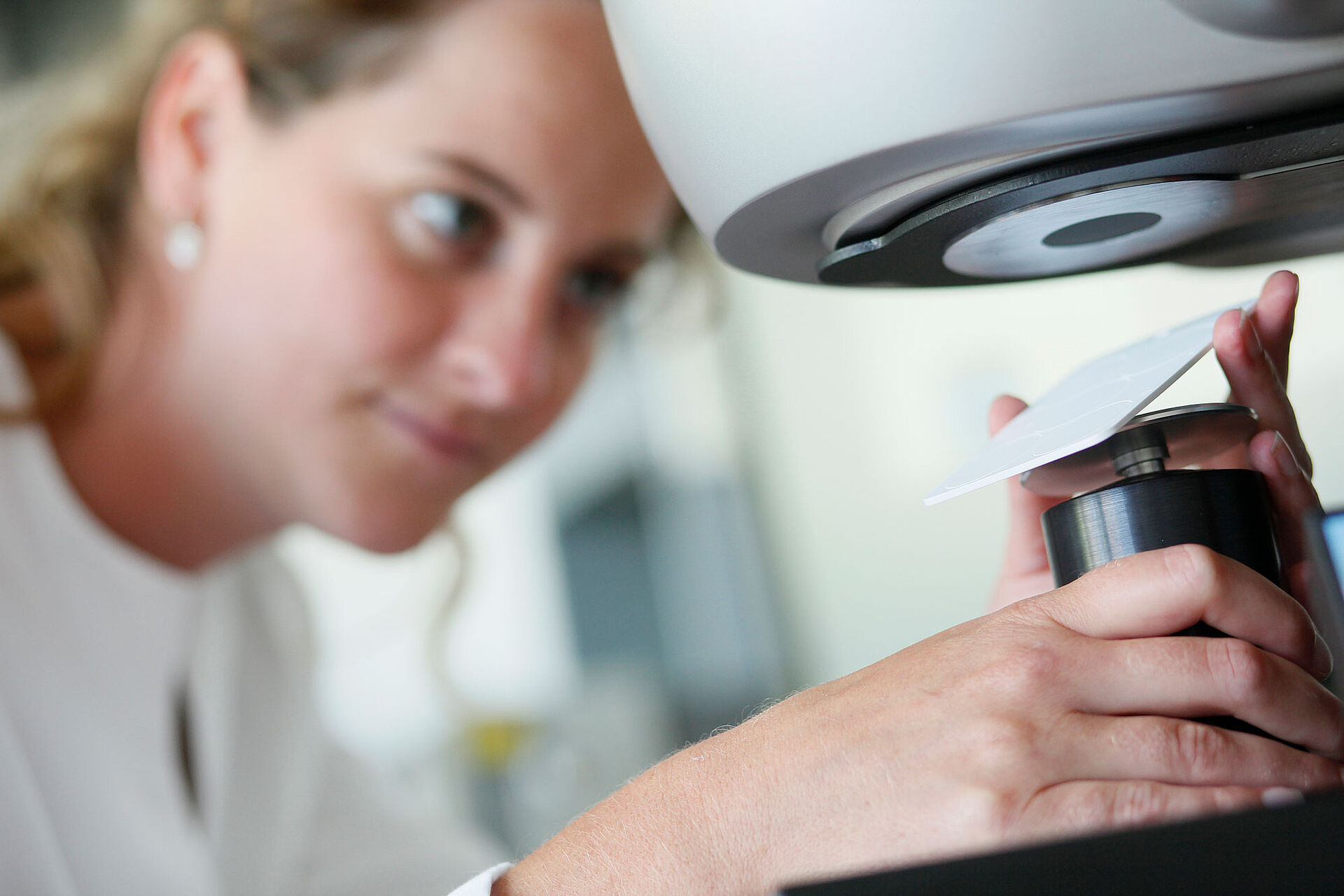Measurements from and with light are used in many application areas. We can offer you the following portfolio of services within the broad field of spectral measurement.
Comfort at home.
For curtains, blinds, and blinds - together known as window shutters - the focus is on protection of privacy and achieving the optimum darkening effect. However, the effects of UV radiation and thermal radiation must not be forgotten. The interaction of all these components affects the room climate and characterises the ambience.
Our tests are each carried out according to the required standard (tenders, statutory requirements, building regulations, etc.) – for example:
- DIN EN 410:
Glass in building - Determination of luminous and solar characteristics of glazing - DIN EN ISO 52022-1:
Energy performance of buildings - Thermal, solar and daylight properties of building components and elements - DIN EN ISO 13468-2:
Plastic - Determination of the total luminous transmittance of transparent materials; Double-beam instrument
To assess the properties of textiles, we determine parameters such as the reflection, transmission and absorption of radiation. This enables the calculation of different characteristics. The glazing used is taken into account to a certain extent.
Safety when welding.
A lot of energy-rich radiation is generated during welding processes. Particular attention must be paid to UV radiation (UV-A, UV-B, and UV-C radiation) which affects the body within a very short distance and which is responsible for reddening of the skin, sunburn and skin cancer.
UV-C radiation only occurs in nature in insignificant amounts because it is absorbed in the atmosphere. However, with artificially generated UV radiation, for example, which is generated by welding processes, it must be taken extremely seriously.
To precisely specify the effectiveness of protective clothing for welding processes, we determine the UV transmission for personal protective clothing according to DIN EN ISO 11611 (Protective clothing for use in welding and allied processes) which is used to determine the maximum usage period of textiles for various welding procedures.
Protection from harmful UV-C radiation is primarily achieved by selecting the correct material for the clothing. To determine the protective behaviour of the material in practice, a test can be carried out in different states of use. The state of use is planned for inclusion in DIN EN ISO 11611 in the future.
We would be happy to determine compliance with the regulation for you with regard to the protection class of the material, and to support you in the development of your products.
Downloads
Camouflage clothing.
The ability to avoid being seen is an important consideration in the design of military workwear clothing, but also for leisure and special service clothing, e.g. hunting clothing. It is not just a case of using a classic camouflage pattern or a typical colour. In darkness in particular, the non-visibility at infrared light is very important due to the use of thermal imaging cameras.
Our tests of reflection properties under infrared radiation can give you the proof that every requirement is met.
Technical textiles and materials.
Many goods such as foods or medicine can change their colour, taste, durability or structure when exposed to light or radiation. These products require special packaging to protect the contents and still ensure appealing presentation of the goods.
With construction textiles or UV and/or light-sensitive materials in clothing or devices, it may also be necessary to protect them using casings or similar.
For materials used accordingly for protection purposes, we determine the spectral properties on the basis of transmission, reflection and absorption values.
In the case of complaints or for a before/after comparison, this test can also provide information on the material properties.
Geotextiles.
Textile materials are also used in construction in the form of non-woven textiles, textiles and grid structures. Here the materials used are transplanted with UV absorbers to protect them from decay and changes.
We are happy to check the absorber content recommended by the manufacturer in our laboratory.
